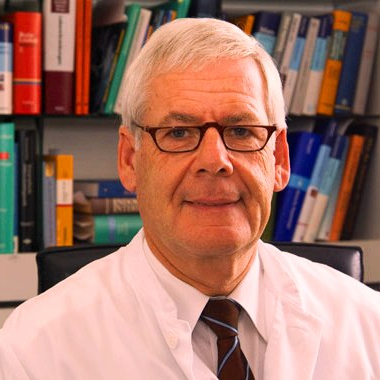Traditional Chinese Medicine (TCM) and Herbal Hepatotoxicity
A special issue of Medicines (ISSN 2305-6320).
Deadline for manuscript submissions: closed (31 July 2017) | Viewed by 25042
Special Issue Editor
Interests: alcoholic liver disease; alcoholic liver injury; alcohol metabolism; microsomal ethanol-oxidizing system; drug induced liver injury; herb induced liver injury; herbal traditional Chinese medicine (TCM); dietary supplements; causality assessment
Special Issues, Collections and Topics in MDPI journals
Special Issue Information
Dear Colleagues,
Traditional Chinese Medicine (TCM) with its herbal sector is popular in China and all over the world. Although commonly well tolerated by most consumers, the use of some TCM herbs may be associated with rare adverse events, including herb induced liver injury (HILI), raising questions of balance regarding efficacy and risks. Because this type of injury is a major clinical and regulatory challenge, the upcoming special issue will attempt to clarify some of the uncertainties relevant in this field and to discuss associated controversial issues. The authors of invited features papers and other contributors are encouraged to shed more light into this fascinating topic of HILI by TCM and to provide argumants for a broad and stimutating discussion. In the context of this Special Issue, it is planned to cover topics such as evidence based clinical trials and their role in ensuring a favorable risk benefit balance; building up a Chinese Herb Induced Liver Injury (HILI) registry with RUCAM for essential causality assessment; hepatic sinusoidal syndrome and the dilemma of pyrrolizidine alkaloid containing herbs; comparison with drug induced liver injury; clinical and case analysis, diagnostic biomarkers, and preference for RUCAM; the TCM green tea and its hepatotoxic extracts, a clinical and regulatory issue; comprehensive analysis and compilation of cases from the Chinese literature, also with special reference to RUCAM; regulatory and manufactural challenges in China; pathogenetic issues of plant misidentification, contamination, and adulteration; and liver histology with its potential contribution to clinical assessment, prognosis, and recognition of preexisting liver disease. Therefore, the focus is on clinical aspects, case evaluation, causality assessment, regulatory challenges, and critical analysis, but other aspects, such as experimental studies, may be considered if innovative and of potential benefit for humans and their diseases.
Prof. Rolf Teschke, M.D.
Guest Editor
Manuscript Submission Information
Manuscripts should be submitted online at www.mdpi.com by registering and logging in to this website. Once you are registered, click here to go to the submission form. Manuscripts can be submitted until the deadline. All submissions that pass pre-check are peer-reviewed. Accepted papers will be published continuously in the journal (as soon as accepted) and will be listed together on the special issue website. Research articles, review articles as well as short communications are invited. For planned papers, a title and short abstract (about 100 words) can be sent to the Editorial Office for announcement on this website.
Submitted manuscripts should not have been published previously, nor be under consideration for publication elsewhere (except conference proceedings papers). All manuscripts are thoroughly refereed through a single-blind peer-review process. A guide for authors and other relevant information for submission of manuscripts is available on the Instructions for Authors page. Medicines is an international peer-reviewed open access monthly journal published by MDPI.
Please visit the Instructions for Authors page before submitting a manuscript. The Article Processing Charge (APC) for publication in this open access journal is 1400 CHF (Swiss Francs). Submitted papers should be well formatted and use good English. Authors may use MDPI's English editing service prior to publication or during author revisions.




